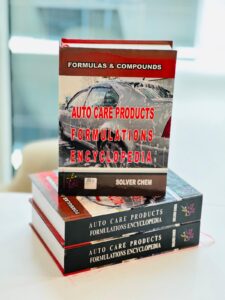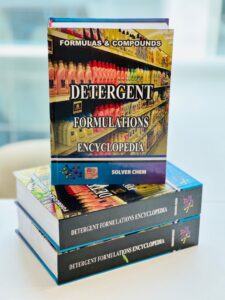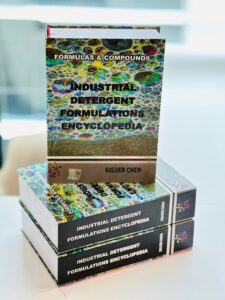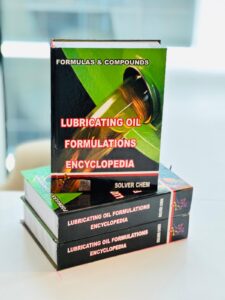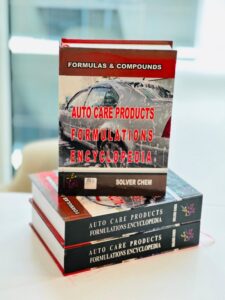
Heavy-duty concentrated alkaline wheel cleaners are powerful, high-pH formulations designed for tackling stubborn soils, grease, and grime in industrial, commercial, and heavy residential applications. They typically have a pH of 12–14, making them highly caustic and effective at saponification (converting fats into soap-like compounds) and emulsification. These cleaners are often sold in concentrated forms (e.g., 1:10 to 1:20 dilution ratios) for cost-efficiency and versatility. Below, I’ll outline their key properties, composition, effectiveness, applications, and limitations, based on common formulations like those from Zep, MORE Surface Care, and industrial standards.
Key Chemical and Physical PropertiesThese cleaners are engineered for deep penetration and rapid action.
|
Property
|
Description
|
Typical Value/Example
|
|---|---|---|
|
pH Level
|
Highly basic; enables breakdown of organic soils via hydrolysis and saponification.
|
12–14 (e.g., oven cleaners at ~13, drain openers at 14).
|
|
Alkalinity Source
|
Primary builders providing caustic strength and buffering.
|
Sodium hydroxide (NaOH), potassium hydroxide (KOH), silicates, phosphates, or carbonates.
|
|
Surfactants/Emulsifiers
|
Reduce surface tension for wetting and soil suspension; often biodegradable.
|
Anionic (e.g., alkylbenzene sulfonates) or non-ionic types; hold oils in suspension to prevent redeposition.
|
|
Foam Profile
|
Varies by use; low-foam for machines, higher for manual scrubbing.
|
Low-foam formulations common for scrubbers; anti-foaming agents like Berol LFG 61 in some blends.
|
|
Viscosity & Solubility
|
Low viscosity for easy dilution and rinsing; fully water-soluble.
|
Liquid concentrates; miscible in water, with solvents like isopropyl alcohol in some variants.
|
|
Color & Odor
|
Often dyed for identification; mild to strong chemical scent.
|
Purple (Zep Heavy-Duty) or clear blue-green; ammonia-like odor from amines.
|
|
Concentration
|
Highly potent to minimize usage; dilutable for light/medium/heavy tasks.
|
10–30% active ingredients (e.g., 20% NaOH in industrial blends).
|
Effectiveness and Mechanism
- Cleaning Action: Excel at removing heavy grease, oils, carbon buildup, soot, proteins (e.g., milk residues), and waxy soils through dispersion, flocculation, and emulsification. They increase solution conductivity for better heat transfer and agitation.
- Temperature Sensitivity: Perform best at moderate to high temperatures (e.g., 140–180°F) for durable contaminants like rust inhibitors or burnt-on grease.
- Efficiency: Cost-effective due to low raw material costs and high dilution rates; one gallon can yield 10–50 gallons of working solution.
- Environmental Notes: Many include biodegradable surfactants; phosphate-free options available to reduce eutrophication risks.
Common Applications
- Industrial/Metal Cleaning: Degreasing machinery, engines, and automotive parts; effective on ferrous metals but requires chelants for hard water.
- Floor & Surface Care: Concrete, tile, grout, stone, and high-traffic areas; strips wax and removes embedded dirt.
- Specialized Uses: Oven/grill cleaning, drain unclogging, food equipment sanitation (for protein soils), and exterior pressure washing.
- Dilution Guidelines: Light duty: 1:20–1:64; Heavy duty: 1:1–1:8 with water. Apply, agitate (e.g., scrub or steam), and rinse thoroughly.
Safety and Limitations
- Hazards: Corrosive to skin, eyes, and respiratory tract; can etch aluminum, painted surfaces, or alkali-sensitive materials (e.g., glass if undiluted). Always dilute, use PPE (gloves, goggles), and ventilate.
- Rinsing Needs: Poor rinsability compared to milder cleaners; requires thorough flushing to avoid residue.
- Not Suitable For: Acid-sensitive surfaces (use acids instead); prolonged contact with non-compatible metals.
- Storage: Keep in cool, dry places; shelf life 1–2 years in sealed containers.
👁️ Görüntülenme: 2

